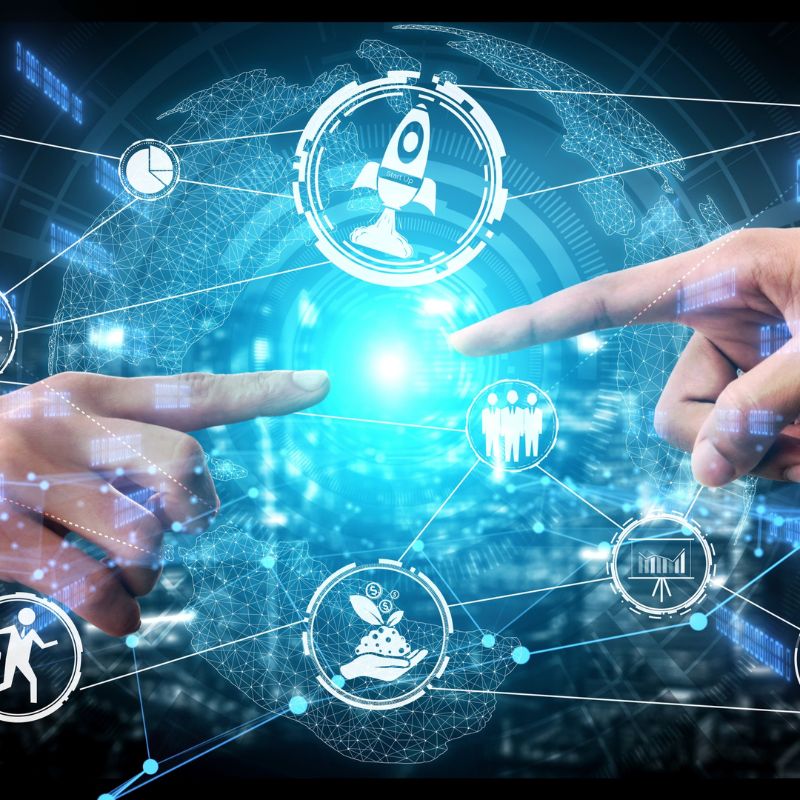
When Virtual is the New Reality: Innovative Approaches to Higher Learning in the Digital Age
Scaling Up: How Higher Education Institutions Are Using Simulation Technology to Enhance Student Outcomes
In recent years, simulation technology has emerged as a transformative force in higher education, offering students immersive and interactive learning experiences that bridge the gap between theoretical knowledge and real-world application. Institutions like Saint Leo University are at the forefront of this innovative trend, leveraging cutting-edge simulation tools to enhance student outcomes across various disciplines. This article explores how colleges and universities are integrating these technologies and the significant impact they have on learning and professional readiness, as well as the opportunities created for potential partners.
The Rise of Simulation Technology in Higher Education
Simulation technology, which includes virtual reality (VR), augmented reality (AR), and other interactive tools, has been increasingly implemented in higher education to create authentic and engaging learning environments. These advancements allow students to experience and interact with complex scenarios in a controlled setting, providing hands-on practice that traditional classroom methods may not offer.
Enhancing Practical Skills Through Simulation
One of the most significant benefits of this technology is its ability to provide practical, real-world experiences. Business programs utilize simulation tools to create dynamic market scenarios where students can make strategic decisions and observe the outcomes of their actions in real-time.
Similarly, medical and nursing programs use simulations to allow students to practice patient care, from assessment to reviewing care plans.
Personalized Learning and Feedback
Simulation technology also enables individualized learning experiences. By tracking student interactions and performance, these tools can offer tailored feedback and adaptive learning pathways. For example, Saint Leo University’s simulated experiences provide real-time analytics that help instructors understand student progress and identify areas where additional support may be necessary.
This customized approach ensures that learners receive focused guidance and can concentrate on aspects requiring improvement, leading to a more effective and efficient educational process.
Beyond education, employers can utilize these personalized tools to create customized training programs for their employees or clients. By aligning educational simulations with organizational needs, companies can enhance their training initiatives and benefit from a more skilled workforce.
Building Soft Skills and Professional Competencies
Beyond technical skills, simulation technology is also employed to develop essential soft skills—such as communication, leadership, and problem-solving—by providing environments where students can practice these abilities in realistic scenarios, like team management or conflict resolution.
Saint Leo University integrates similar simulations into its curriculum to help students cultivate these competencies. For instance, learners might engage in role-playing scenarios that require negotiation, conflict resolution, and collaboration, preparing them for real-world challenges in their future careers.
Collaborative opportunities exist for partners to work with institutions like Saint Leo University to develop simulations tailored to specific industry needs. By incorporating real-world scenarios relevant to their sectors, companies can ensure that graduates possess the skills that align with industry demands.
Bridging the Gap Between Theory and Practice
One of the key advantages of simulation technology is its ability to bridge the divide between theoretical knowledge and practical application. By immersing students in simulated environments that reflect real-world situations, institutions ensure that their graduates are not only familiar with theoretical concepts but also skilled in applying them in practice.
These simulations provide a safe space for students to experiment, make mistakes, and learn from their experiences without the consequences of real-world failures. This experiential learning enhances their confidence and competence, making them better prepared for their professional roles.
Preparing Students for a Globalized Workforce
As the workforce becomes increasingly globalized and interconnected, simulation technology helps students develop the skills needed to navigate diverse and complex environments. Virtual simulations can expose learners to international business practices, cross-cultural communication challenges, and global market dynamics.
Saint Leo University, for example, uses simulation technology to prepare students for international roles by incorporating global scenarios into their training programs. This exposure helps students understand and adapt to different cultural and business contexts, giving them a competitive edge in the global job market.
The Future of Simulation in Higher Education
Looking ahead, the integration of simulation technology in higher education is expected to grow, driven by advances in VR, AR, and AI. Institutions are likely to explore new ways to enhance simulations, making them more interactive, realistic, and accessible.
Saint Leo University and other leading institutions are continuously investing in and expanding their use of simulation technology to remain at the forefront of educational innovation. As these technologies evolve, they will offer even more opportunities for students to engage in immersive learning experiences that prepare them for success in their careers.
Conclusion
Simulation technology is revolutionizing higher education by providing students with immersive, practical, and personalized learning experiences. Institutions that have begun implementing these revolutionary strategies are leading the way in enhancing student outcomes and preparing graduates for the demands of the modern workforce. As simulation technology continues to advance, its impact on higher education will undoubtedly grow, offering new and exciting opportunities for students to learn, practice, and succeed.
By embracing these innovations, colleges, and universities can ensure that they are equipping their students with the skills and knowledge needed to thrive in an ever-evolving world.

Jessica Atkinson
October, 2024

